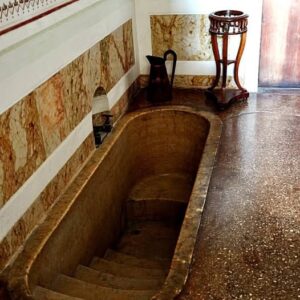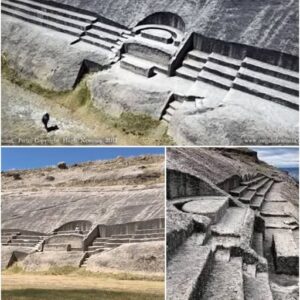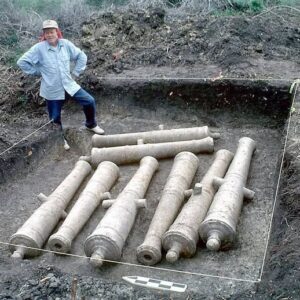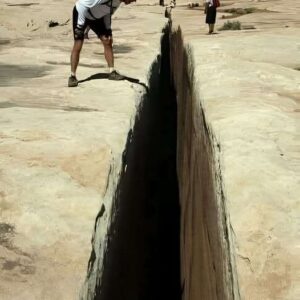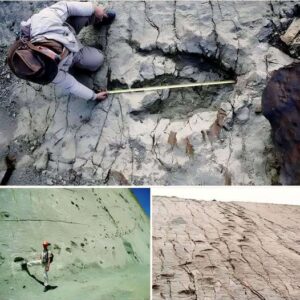The U.S. Geological Survey reveals a fascinating insight into the Sahara Desert’s history, painting a picture of a vastly different landscape from what we see today. Approximately 6,000 years ago, this expansive region was teeming with life, characterized by lush lakes, flowing rivers, and verdant grasslands that supported a rich abundance of wildlife and thriving human settlements.
However, around 5,000 years ago, a significant shift in the Earth’s orbit triggered a pivotal turning point in the Sahara’s ecosystem. This astronomical event led to a gradual decline in rainfall, heralding the onset of desertification and ultimately transforming the once fertile expanse into the arid desert landscape that dominates the region today.

The effects of this climatic shift were profound, reshaping the Sahara’s topography and fundamentally altering its ecological makeup. As the precipitation diminished, the lakes began to dry up, the rivers receded, and the grasslands withered away, giving rise to the vast expanse of sand dunes and barren terrain that now characterize the Sahara Desert.
This transformation had far-reaching consequences for both the wildlife and human populations that had once thrived in this now inhospitable environment. The decline in vegetation and water sources forced many species to adapt or migrate in search of more hospitable habitats, leading to significant shifts in biodiversity and ecological dynamics within the region.
Similarly, human communities that had relied on the fertile lands for sustenance and livelihoods were faced with the challenge of adapting to a harsher and more challenging environment. The once flourishing settlements that dotted the landscape gradually disappeared, leaving behind ruins and remnants of a bygone era when the Sahara was a thriving hub of civilization.
Today, the Sahara Desert stands as a testament to the ever-changing nature of our planet’s landscapes and the profound impact that environmental factors can have on shaping the world around us. The story of the Sahara’s transformation serves as a stark reminder of the delicate balance that exists within our ecosystems and the importance of preserving and protecting our natural world for future generations to come.
